Wild Animal Facts That Sound Fake But Are 100% True
In the vast tapestry of the natural world, wild animals occupy a realm that is both mysterious and mesmerizing. As we wander through these astonishing realities, we encounter facts that seem to defy the very laws of nature. These creatures, in their diverse forms and behaviors, challenge our understanding and ignite our curiosity. From the depths of the oceans to the highest mountain peaks, wild animals exhibit traits and abilities that are nothing short of miraculous. This exploration will take you on a journey through incredible wild animals, each one more astounding than the last, yet undeniably true. Prepare to be amazed as we delve into the wonders of the animal kingdom, where the extraordinary is commonplace.
1. The Immortal Jellyfish: Nature's Rejuvenation Marvel
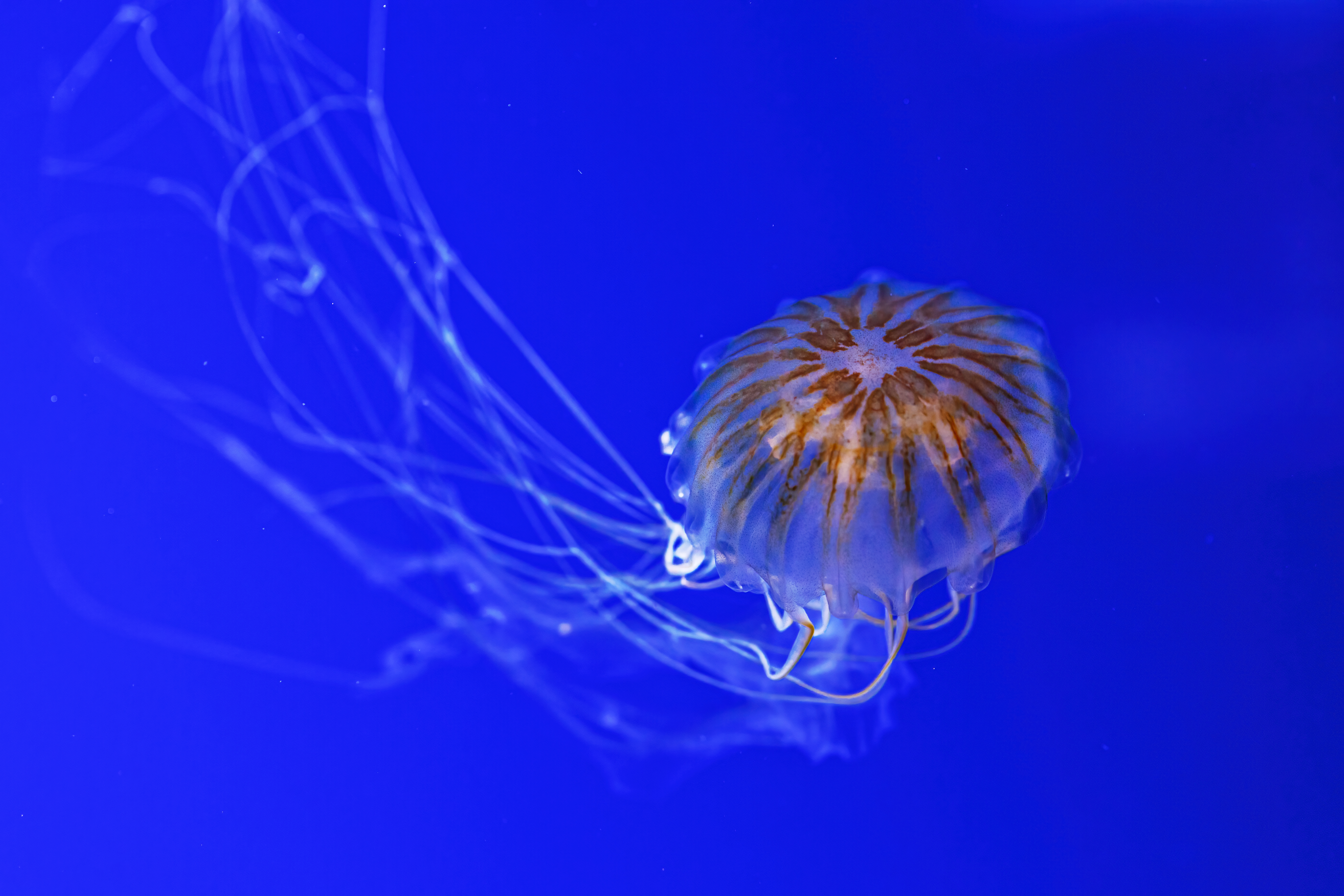
Imagine a creature that defies the natural progression of life and death. The Turritopsis dohrnii, commonly known as the immortal jellyfish, possesses the remarkable ability to revert its cells to their earliest form, effectively restarting its life cycle. This process, known as transdifferentiation, allows the jellyfish to escape death, potentially living indefinitely under the right conditions. Found in the Mediterranean Sea and off the coast of Japan, this tiny jellyfish, no larger than a fingernail, challenges our understanding of aging and mortality. Its unique biological process has sparked scientific interest, offering insights into cellular regeneration and longevity, and presenting a biological enigma that continues to intrigue researchers.
2. The Mantis Shrimp: A Visionary Powerhouse
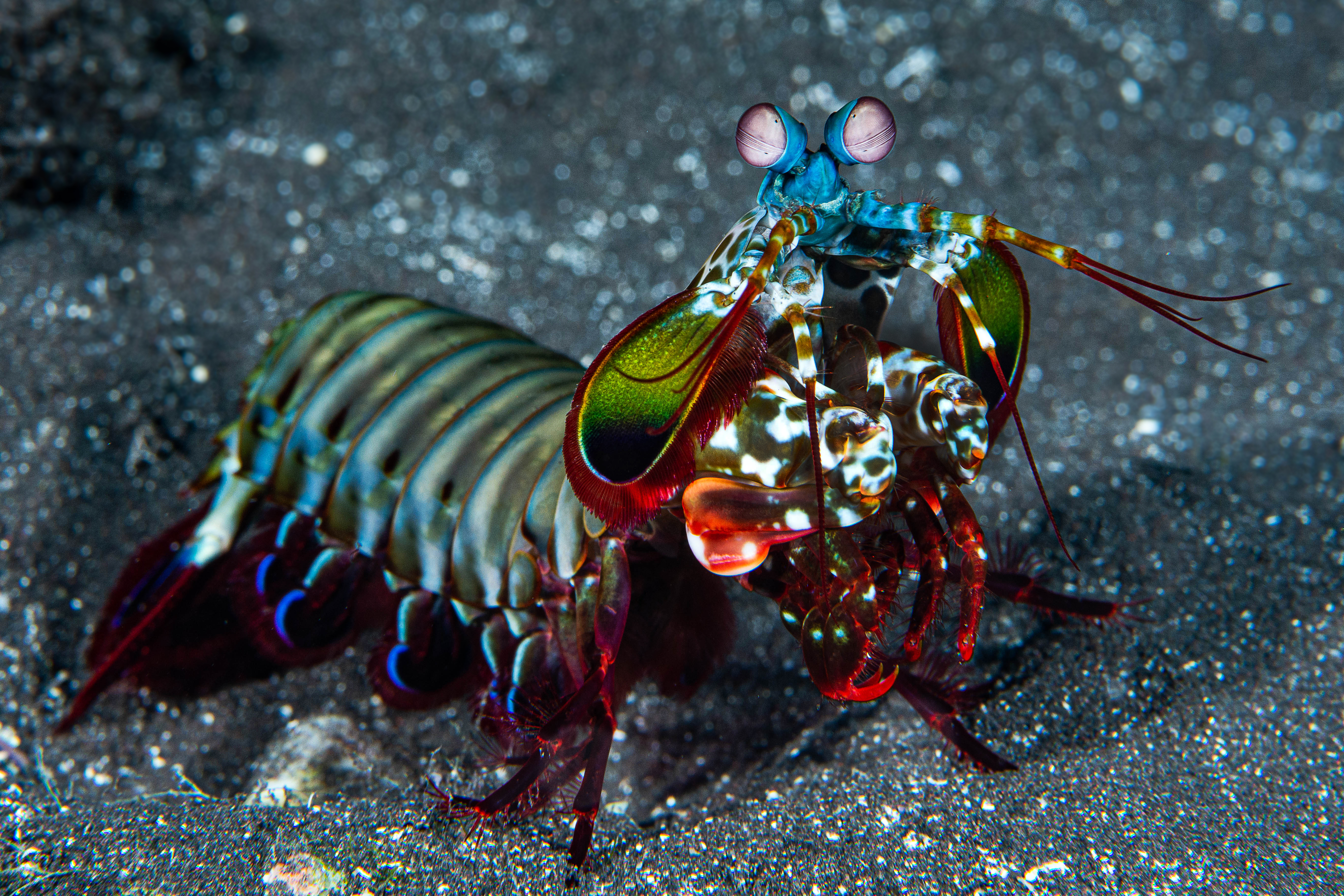
The mantis shrimp, a vibrant marine crustacean, boasts one of the most advanced visual systems in the animal kingdom. With up to 16 types of photoreceptor cells, compared to the mere three in humans, mantis shrimps can perceive a spectrum of colors invisible to us, including ultraviolet light. Their compound eyes move independently, allowing them to gauge depth and distance with unparalleled precision. But their prowess doesn't stop at vision; they can strike their prey with the force of a bullet, thanks to a spring-loaded mechanism in their arms. This combination of extraordinary vision and powerful strike makes the mantis shrimp a formidable predator in the ocean's depths.
3. The Axolotl: The Regeneration Wonder
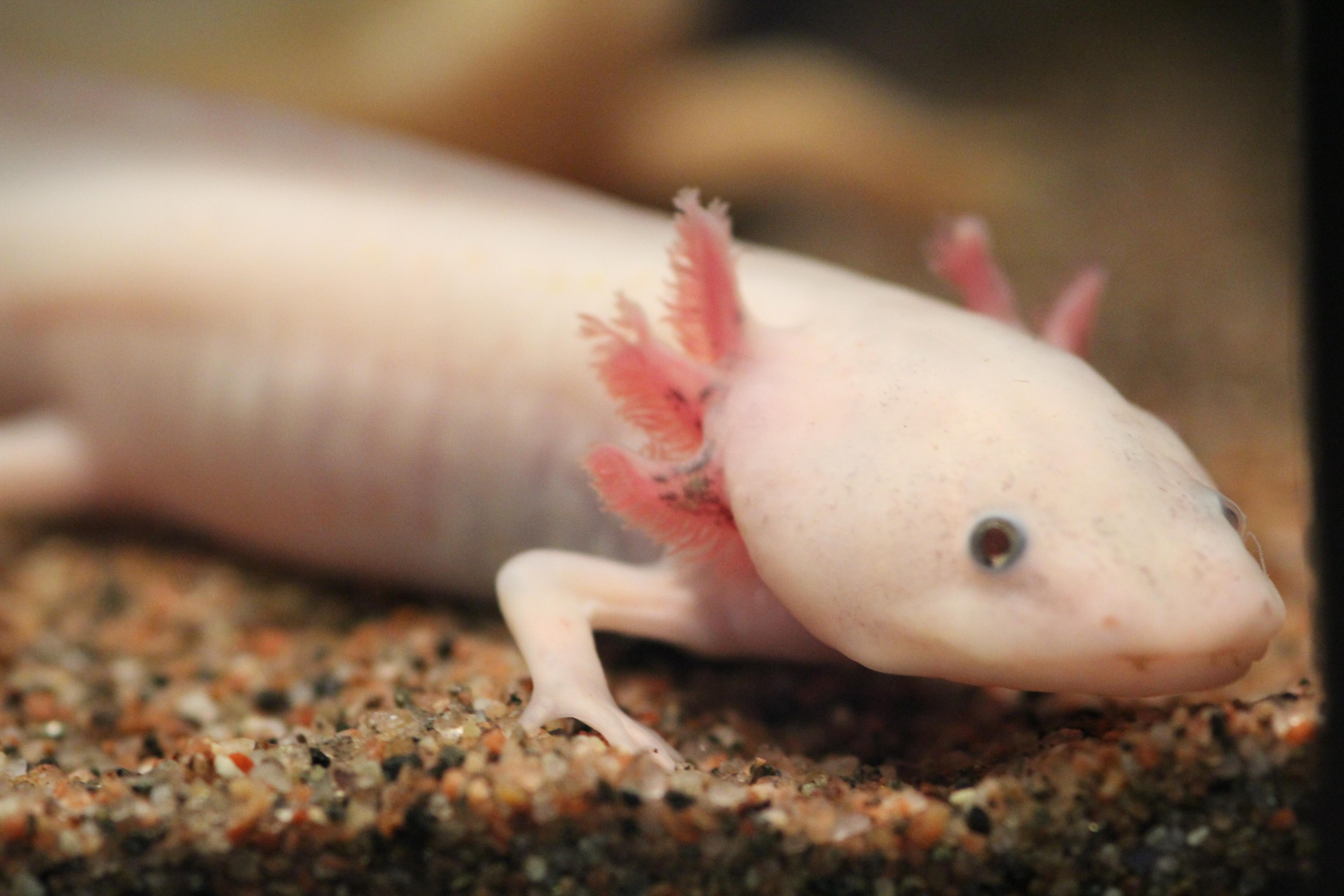
The axolotl, a critically endangered salamander native to Mexico's Lake Xochimilco, possesses an astonishing ability to regenerate lost body parts, including limbs, spinal cord, heart, and even parts of its brain. Unlike other amphibians, axolotls retain their larval features throughout their lives, a phenomenon known as neoteny. This unique trait, combined with their regenerative capabilities, has made them a subject of extensive scientific research. Understanding the mechanisms behind their regeneration could have profound implications for medical science, offering potential breakthroughs in tissue regeneration and healing. Despite their incredible abilities, axolotls face threats from habitat loss and pollution, underscoring the need for conservation efforts.
4. The Electric Eel: Nature's Living Battery
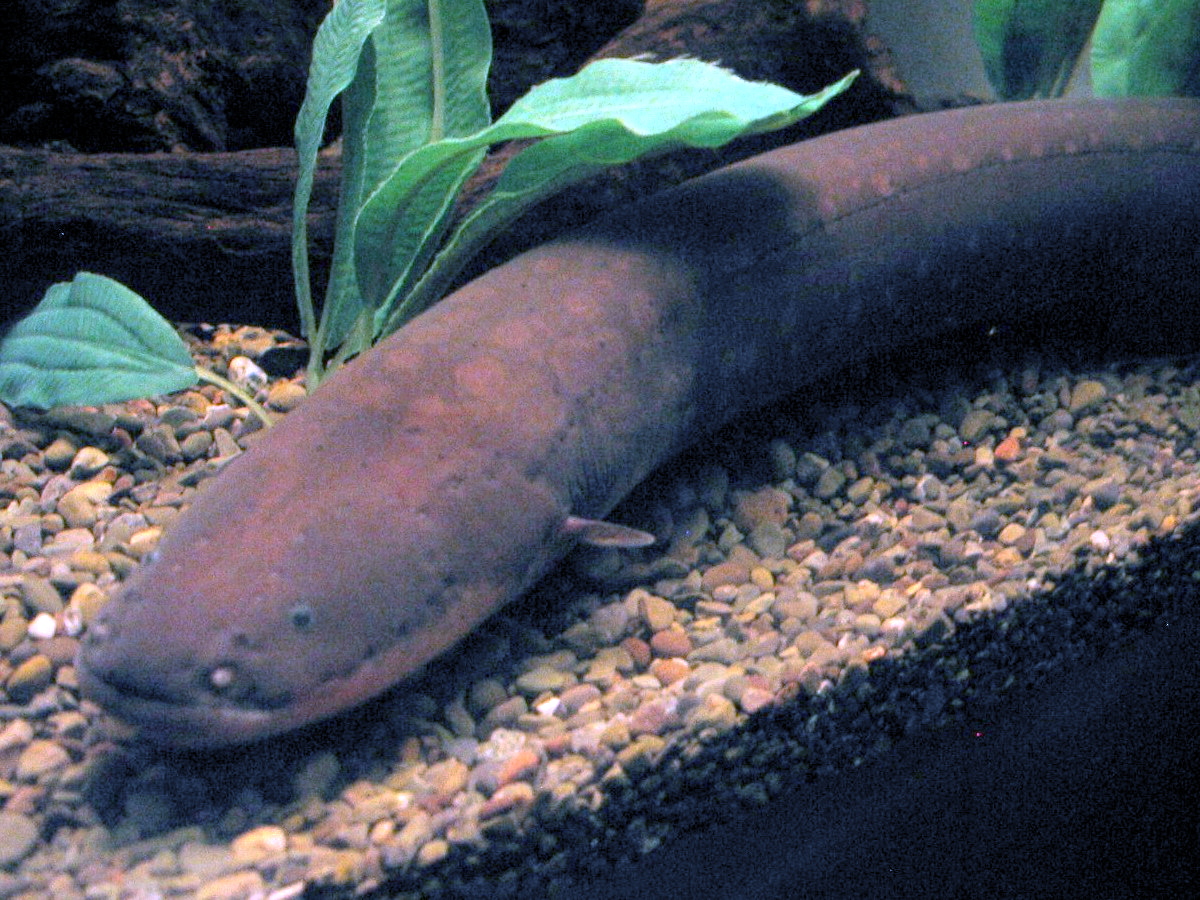
In the murky waters of the Amazon and Orinoco river basins, the electric eel reigns supreme with its ability to generate powerful electric shocks. This remarkable creature, which is actually a knifefish rather than a true eel, can produce electricity up to 600 volts, enough to stun prey and deter predators. The electric eel uses specialized cells called electrocytes, which work like tiny batteries, to produce these shocks. This biological marvel not only aids in hunting and self-defense but also plays a role in navigation and communication. The electric eel's unique adaptations highlight the incredible diversity of survival strategies in the natural world.
5. The Platypus: An Evolutionary Puzzle
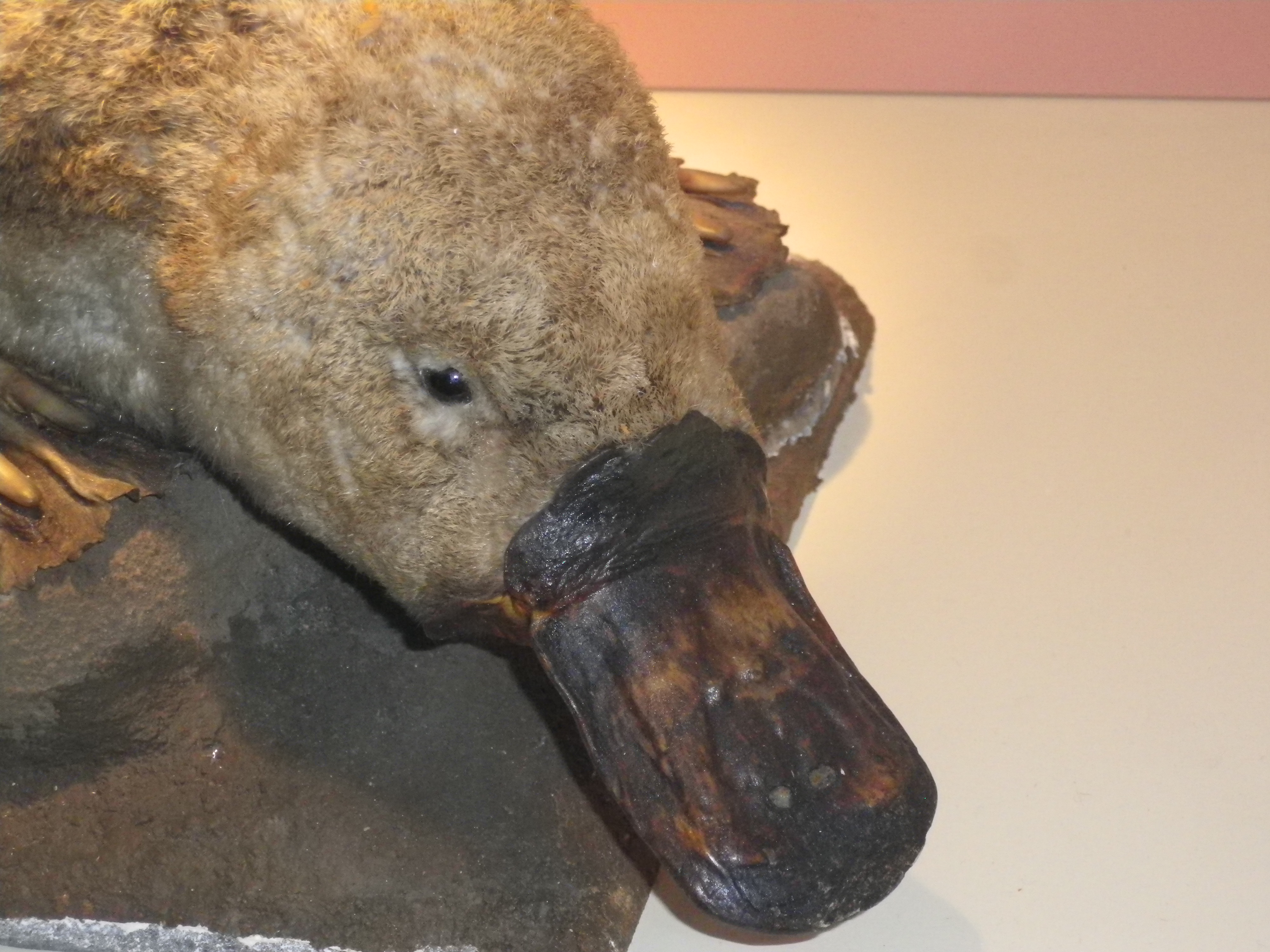
The platypus, native to eastern Australia, is a living testament to nature's creativity, combining traits from mammals, birds, and reptiles. This egg-laying mammal possesses a duck-bill, webbed feet, and a beaver-like tail, making it one of the most peculiar animals on the planet. It also has the unusual ability to detect electrical signals through electroreception, a trait shared with only a few other species. Male platypuses have venomous spurs on their hind legs, capable of delivering a painful sting to potential threats. The platypus's unique blend of characteristics has puzzled scientists since its discovery, offering a glimpse into the evolutionary past.
6. The Arctic Tern: The Ultimate Migrator
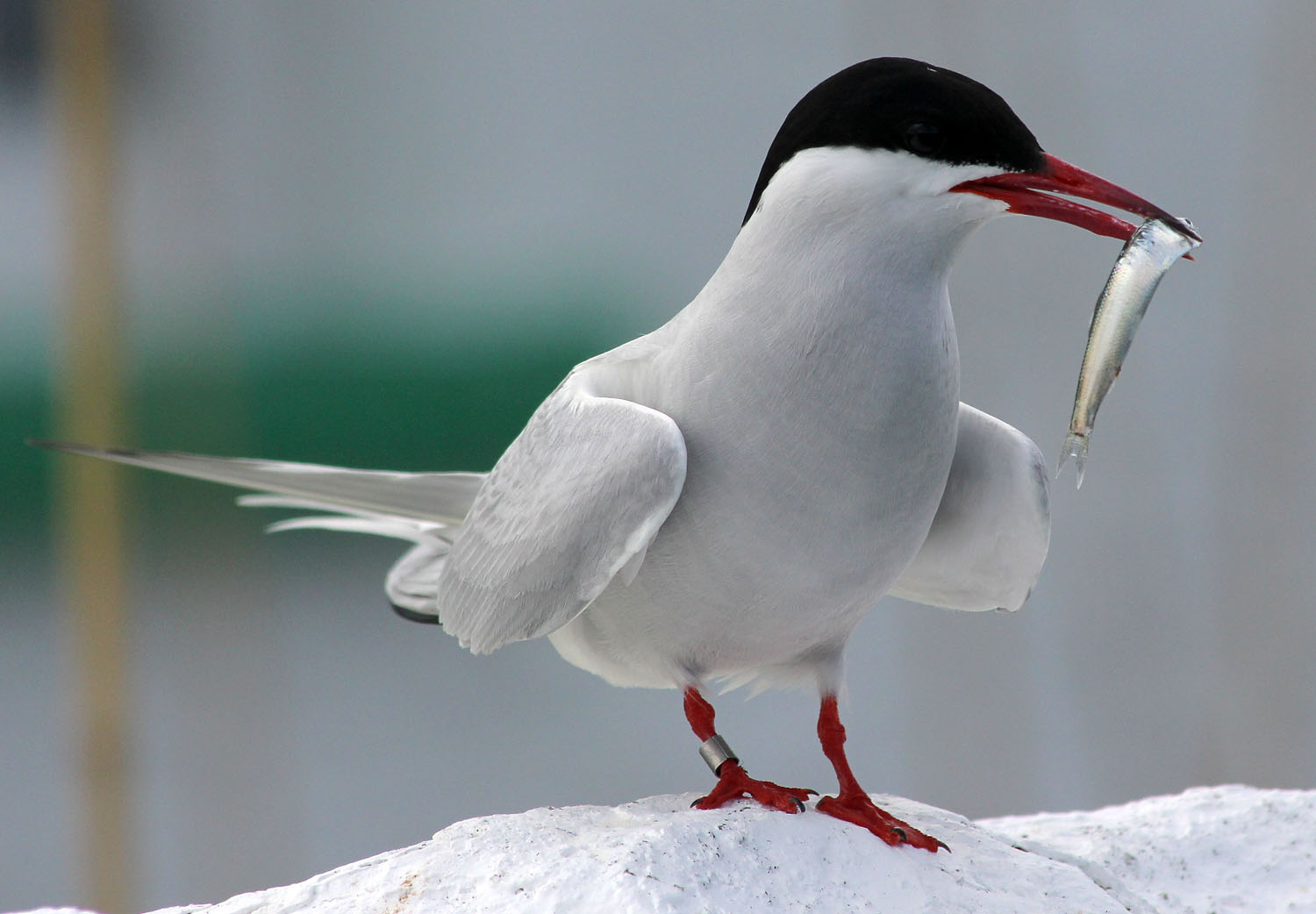
The Arctic tern is renowned for its incredible migratory journey, traveling from its breeding grounds in the Arctic to the Antarctic and back each year—a round trip of over 44,000 miles. This remarkable feat makes it the longest migration of any animal on Earth. The tern's journey allows it to experience two summers each year, maximizing its exposure to sunlight. This extraordinary endurance and navigational skill are aided by the bird's ability to detect the Earth's magnetic field, guiding its path across vast oceans. The Arctic tern's migration is a testament to the resilience and adaptability of wildlife, showcasing the awe-inspiring capabilities of nature.
7. The Mimic Octopus: Master of Disguise
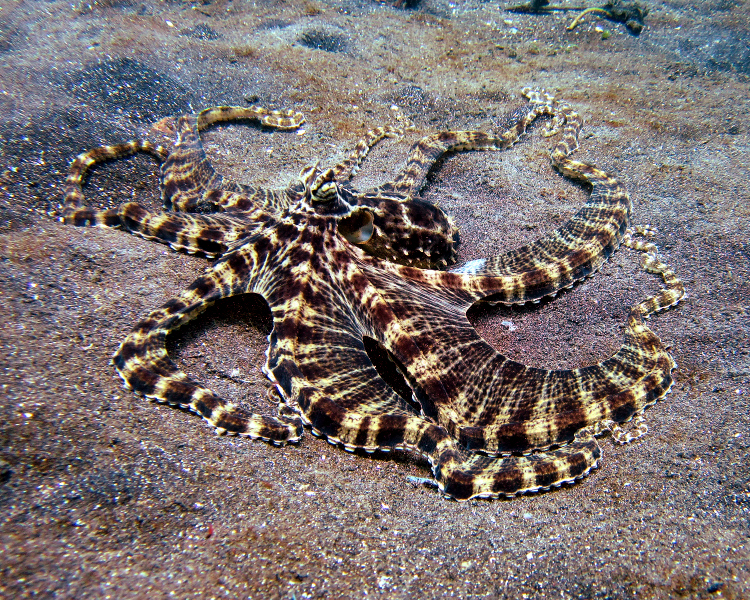
The mimic octopus, found in the tropical waters of Southeast Asia, is a master of deception, capable of imitating the appearance and behavior of more than 15 different marine species, including lionfish, flatfish, and sea snakes. This remarkable ability allows it to evade predators by blending into its surroundings or by mimicking dangerous animals. The mimic octopus can change its color, shape, and texture in an instant, thanks to specialized cells called chromatophores. This level of adaptability and intelligence highlights the complex survival strategies employed by marine life, where quick thinking and creativity can mean the difference between life and death.
8. The Honey Badger: Fearless and Ferocious
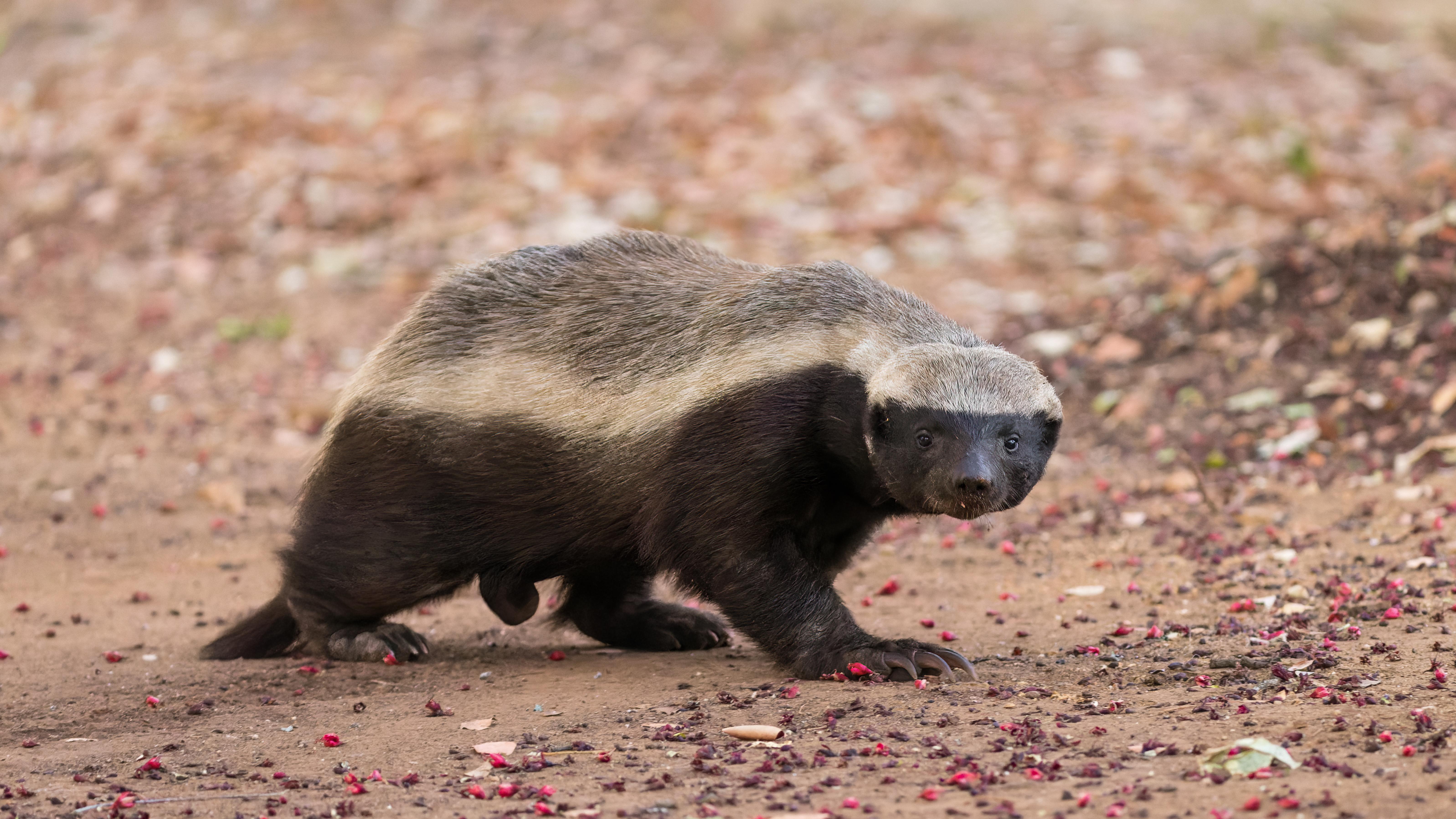
Renowned for its tenacity and fearlessness, the honey badger is a small but formidable predator known for taking on much larger animals, including lions and hyenas. Found in Africa, Southwest Asia, and the Indian subcontinent, honey badgers possess thick skin that is resistant to bites and stings, allowing them to withstand attacks from venomous snakes and bees. Their sharp claws and powerful jaws make them adept hunters, while their intelligence and problem-solving abilities enable them to escape from enclosures and traps. The honey badger's reputation for fearlessness is well-deserved, earning it a place among the most resilient creatures in the animal kingdom.
As we conclude our journey through these astonishing realities, we are reminded of the incredible diversity and adaptability of life on Earth. Each fact, though seemingly unbelievable, underscores the intricate and wondrous tapestry of the natural world. From the immortal jellyfish's defiance of death to the honey badger's fearless tenacity, these wild animals exemplify nature's boundless creativity and resilience. By embracing and understanding these marvels, we not only gain insights into the mysteries of life but also foster a deeper appreciation for the planet we share with these extraordinary creatures. Let us continue to explore, protect, and celebrate the astonishing realities of the animal kingdom.







